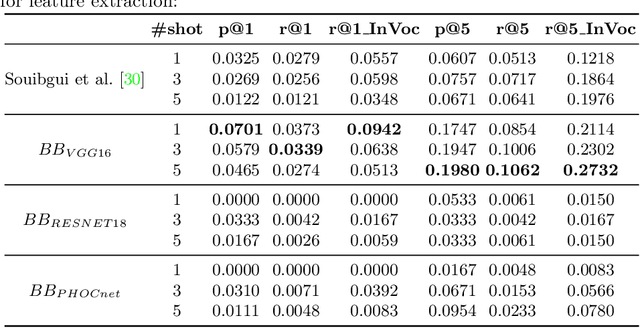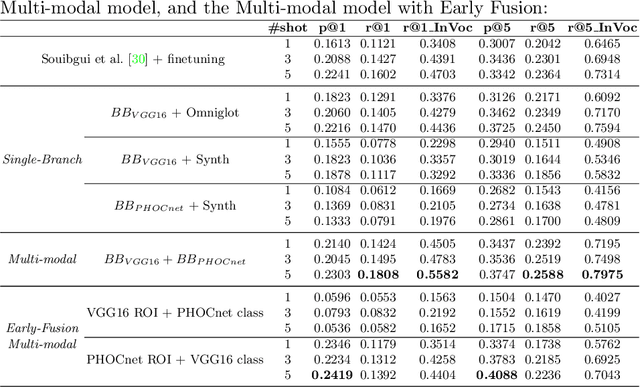Asma Bensalah
I Can't Believe It's Not Better: In-air Movement For Alzheimer Handwriting Synthetic Generation
Dec 08, 2023Abstract:During recent years, there here has been a boom in terms of deep learning use for handwriting analysis and recognition. One main application for handwriting analysis is early detection and diagnosis in the health field. Unfortunately, most real case problems still suffer a scarcity of data, which makes difficult the use of deep learning-based models. To alleviate this problem, some works resort to synthetic data generation. Lately, more works are directed towards guided data synthetic generation, a generation that uses the domain and data knowledge to generate realistic data that can be useful to train deep learning models. In this work, we combine the domain knowledge about the Alzheimer's disease for handwriting and use it for a more guided data generation. Concretely, we have explored the use of in-air movements for synthetic data generation.
The RPM3D project: 3D Kinematics for Remote Patient Monitoring
Dec 09, 2022Abstract:This project explores the feasibility of remote patient monitoring based on the analysis of 3D movements captured with smartwatches. We base our analysis on the Kinematic Theory of Rapid Human Movement. We have validated our research in a real case scenario for stroke rehabilitation at the Guttmann Institute5 (neurorehabilitation hospital), showing promising results. Our work could have a great impact in remote healthcare applications, improving the medical efficiency and reducing the healthcare costs. Future steps include more clinical validation, developing multi-modal analysis architectures (analysing data from sensors, images, audio, etc.), and exploring the application of our technology to monitor other neurodegenerative diseases.
Towards Stroke Patients' Upper-limb Automatic Motor Assessment Using Smartwatches
Dec 09, 2022Abstract:Assessing the physical condition in rehabilitation scenarios is a challenging problem, since it involves Human Activity Recognition (HAR) and kinematic analysis methods. In addition, the difficulties increase in unconstrained rehabilitation scenarios, which are much closer to the real use cases. In particular, our aim is to design an upper-limb assessment pipeline for stroke patients using smartwatches. We focus on the HAR task, as it is the first part of the assessing pipeline. Our main target is to automatically detect and recognize four key movements inspired by the Fugl-Meyer assessment scale, which are performed in both constrained and unconstrained scenarios. In addition to the application protocol and dataset, we propose two detection and classification baseline methods. We believe that the proposed framework, dataset and baseline results will serve to foster this research field.
A Few Shot Multi-Representation Approach for N-gram Spotting in Historical Manuscripts
Sep 21, 2022



Abstract:Despite recent advances in automatic text recognition, the performance remains moderate when it comes to historical manuscripts. This is mainly because of the scarcity of available labelled data to train the data-hungry Handwritten Text Recognition (HTR) models. The Keyword Spotting System (KWS) provides a valid alternative to HTR due to the reduction in error rate, but it is usually limited to a closed reference vocabulary. In this paper, we propose a few-shot learning paradigm for spotting sequences of a few characters (N-gram) that requires a small amount of labelled training data. We exhibit that recognition of important n-grams could reduce the system's dependency on vocabulary. In this case, an out-of-vocabulary (OOV) word in an input handwritten line image could be a sequence of n-grams that belong to the lexicon. An extensive experimental evaluation of our proposed multi-representation approach was carried out on a subset of Bentham's historical manuscript collections to obtain some really promising results in this direction.
 Add to Chrome
Add to Chrome Add to Firefox
Add to Firefox Add to Edge
Add to Edge